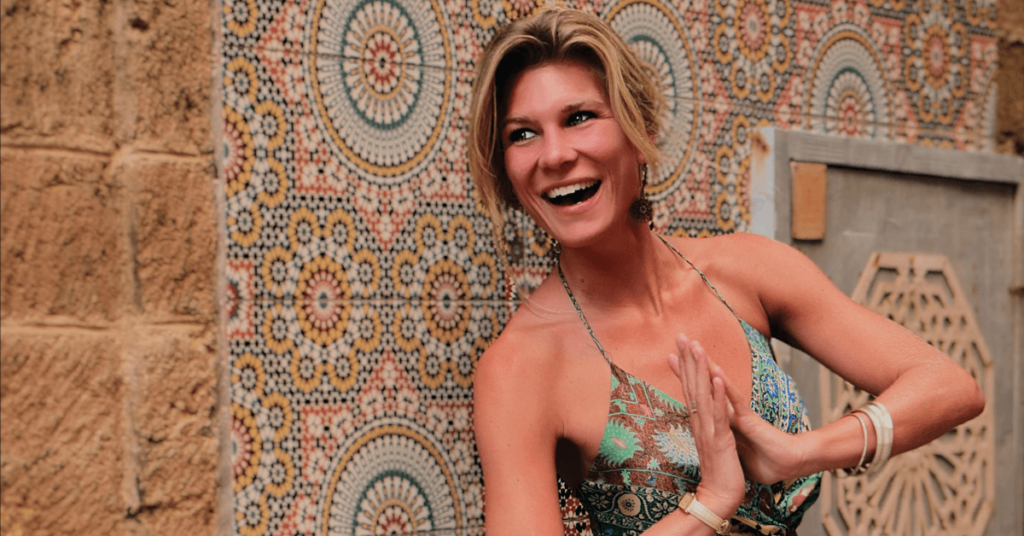The full moon plays a special part in many cultures across the globe. While some associate the full moon with yin (calm energy), others believe it symbolises spiritual dominance. You have probably heard that wolves howl during the full moon and others throw dedicated parties, such as the full moon celebrations in Thailand. The full moon is also said to cause insomnia and psychological instability – ever heard of ‘lunatic’? Luna means moon in Spanish and comes from the latin word ‘lunaticus’ meaning ‘moonstruck’.
Before we get off track and dive into all its different meanings, definitions, facts and other fascinating associations (which we will in the future), in this blog I’d like to give you a guideline for your own Full Moon Ritual at home.
Where we set goals and intentions to start new projects during the new moon, the full moon gives you the opportunity to celebrate your wins (achievements) and release your losses. The full moon is bright and light which causes you to feel strong and powerful, ready to take action and act on your new insights.
“In astrology, the full moon is a peak of energy that highlights opposing polarities and forces in your life.’’ (1)
A full moon ritual is meant to prepare your unconscious mind for transformation. During the ceremony, we often speak about four elements: resolution (willpower), intention (purpose), representation (symbolism) and ritual, which set you up for spiritual and psychological change. These rituals commonly include candles, incense, crystals and witchery ornaments, and though those things look very pretty on Instagram, it’s not necessary to completely decorate your space and buy loads of stuff you’ll only use once.
It’s a very personal practice and I don’t believe there’s only one way to carry out this ritual. For that reason, I think it’s important to experiment, take the elements of each ritual you like and eventually make it your own.
For example: I like to burn my losses and things I want to leave in the past. You might like to keep them to reflect on later or remind yourself of certain achievements.
When it’s your first time, I understand you search for at least an idea of what you could do. Here’s an overview of what I do and would like to share with you. It’s a suggestion and can be used as inspiration for your own.
Full Moon Ritual at Home
What you need:
Journal, pen, paper, and any nourishing objects such as candles, incense, matches music, crystals. , etc.
Guideline:
1. Reserve some time and create a space where you won’t be disturbed.
Install your nourishing objects (if you use any), grab a glass of water or a cup of tea and put away your electronic devices.
2. Make yourself comfortable and journal
Take some time to think about the things you’ve been struggling with lately and things you’d like to let go of. Write them down and be as specific and detailed as possible.
3. Set goals and intentions
Once you know what you’re letting go of, you can create space for new intentions; write down the things you want to focus on, achieve, or make your priority during the coming cycle.
4. Options to try
Option 1: find something that symbolises or belongs to your current stage in life and create a (temporary) altar. Perform your ritual by sitting in front of it and meditate, burn the object and visualise your life after the ritual. You could also place the object on your body instead of burning it. Perform a mantra and use a singing bowl to open and end your ritual.
Option 2: write down your losses and intentions on separate pieces of papers. While reading your losses out loud, watch your paper burn and submerge it in a bowl of water which represents ‘letting go’. Read your intentions to yourself and meditate, visualising your life having already achieved or completed your intentions.
Option 3: check in with your senses and become clear on the things you let go of and want to manifest. Journal, write down your thoughts, sing, dance, cry, meditate, practice asana: anything that helps you reflect and let go to get ready for a new cycle.
5. Close your ritual
It’s important to consciously close your ritual either with a song, mantra, meditation, singing bowl or a moment of stillness. Anything that shows your consciousness ‘the end’. This to prevent your subconsciousness from confusion.
As you can see these are very different ways and definitely not the only ones. Listen to your intuition and try to understand your needs. Remember that when you do a ritual, it’s to nourish yourself, reflect and give yourself new perspectives, not to impress or prove anything to anyone. Take from it what you like and eventually make it your own. Don’t be afraid to experiment!
Practice our Full Moon – Free Pop Up Practice on YouTube.
Note: this is a live recording of a Facebook class – for weekly classes and real-life experience join the Continuing Education Membership!
Continuing Education Membership
In the meantime, check out our Continuing Education Membership for multilingual yoga teachers. This membership offers professional and personal development for yoga teachers that want to start teaching worldwide; online or abroad. Develop your communication and teaching skills while obtaining continuing education hours with our live and recorded classes and teacher training sessions!
(1) Kahn, Nina, Bustle.com, viewed 27 November 2020, <https://www.bustle.com/life/november-2020-full-moon-eclipse-dos-donts>
(2) Swanson, Amanda, How to Set Intentions by the Phases of the Moon, Life Goals Magazine, viewed 27 November 2020, <https://lifegoalsmag.com/how-to-set-intentions-by-the-phases-of-the-moon/>
(3) The Astro Twins, Full Moon Harness the Energy Make it Work for You, Mind Body Green, viewed 27 November 2020, <https://www.mindbodygreen.com/0-7531/full-moon-harness-the-energy-make-it-work-for-you.html>








